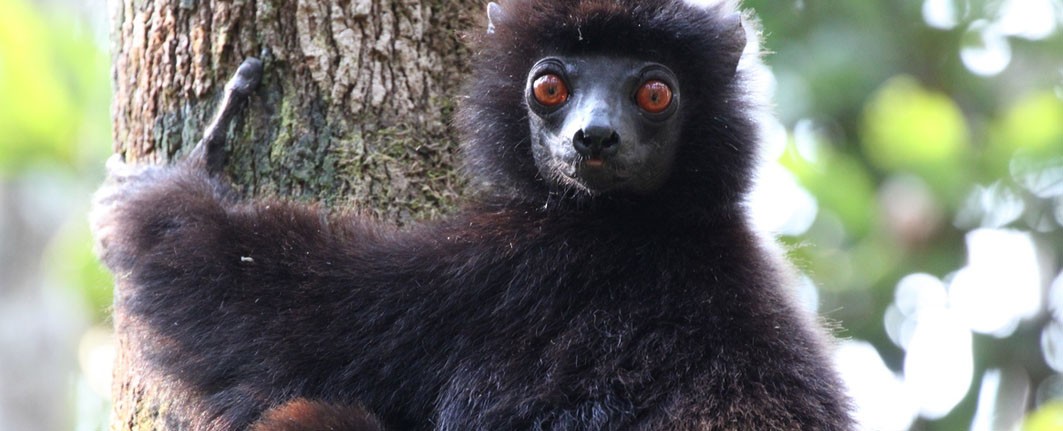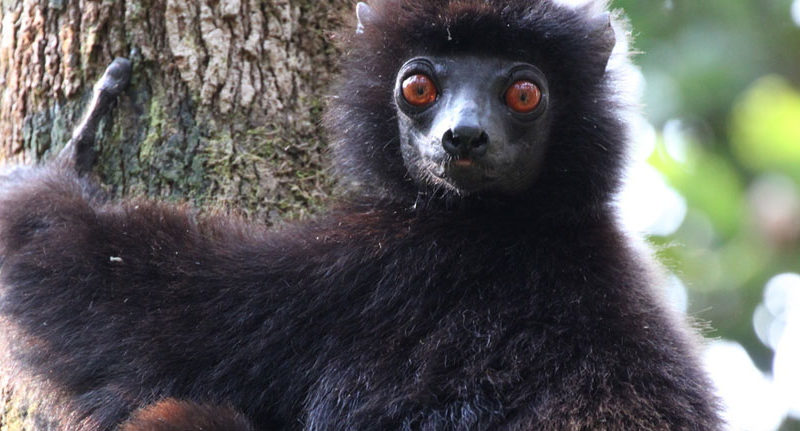
Discover the Fascinating Sifaka of Madagascar: Coloration, Behavior, and Where to See Them
Primary: Sifaka Madagascar
Supporting: sifaka coloration, Ranomafana National Park wildlife, Madagascar lemurs, sifaka species, sifaka behavior, Madagascar rainforest animals
Madagascar, an island celebrated for its unique wildlife, is home to the enigmatic sifaka, a type of lemur whose captivating behavior and striking appearance make it a must-see for wildlife enthusiasts. With nine distinct sifaka species, these lemurs display an incredible range of sifaka coloration, from the all-white Silky sifaka to the jet-black Perrier’s sifaka. Remarkably, these two extremes exist in close proximity in northern Madagascar, showcasing the island’s rich biodiversity.
Sifaka Madagascar: Coloration and Species Variation
The coloration of sifakas varies widely across species. While some, like the Silky sifaka, are completely white, others, such as Perrier’s sifaka, are entirely black. Certain species even show considerable color variation within their own populations, making identification both challenging and fascinating for primatologists.
The taxonomy of sifakas is still debated, with some experts recognizing fewer than nine species due to overlapping characteristics. Regardless, the diversity in Madagascar lemurs highlights the island’s extraordinary evolutionary landscape.
Distribution of Sifaka Madagascar: Where They Live
Sifakas inhabit middle- and high-elevation rainforests in southern and eastern Madagascar. They thrive in dense, lush forests, moving effortlessly through the canopy in social groups.
One of the best places to observe Sifaka Madagascar in its natural environment is Ranomafana National Park, a pristine rainforest rich in Madagascar rainforest animals. Its well-maintained trails and diverse wildlife make it ideal for wildlife enthusiasts and photographers alike.
Identifying the Dark Sifaka Madagascar
Among all species, the large, dark sifaka stands out. Its unique size and coloration make it unmistakable within its range. Visitors to Ranomafana National Park can often spot this striking sifaka along the main trails or the Vohiparara Trail, making it a favorite subject for photography and wildlife observation.
Behavior and Vocalizations
Sifakas display social behaviors and diets similar to other lemurs. They primarily feed on leaves, fruits, and flowers, which they forage from the forest canopy.
While not highly vocal, sifakas produce a distinctive explosive sneezing sound called “simpona”, along with a series of grunts and a plaintive whistle. This unique vocalization inspired their Malagasy name and is a signature of sifaka behavior.
Young sifakas are usually born in June and July, allowing them to grow during the abundant dry season. Observing playful youngsters interacting within their social groups is one of the most memorable experiences for visitors exploring Ranomafana National Park wildlife.
Where to See Sifaka Madagascar in Ranomafana
To witness these incredible primates, plan your visit to Ranomafana National Park, especially the main and Vohiparara trails. While spotting sifakas may require some patience, seeing them leap gracefully through the trees is an unforgettable experience that showcases Madagascar’s unique biodiversity.
Conclusion
From their stunning sifaka coloration to their playful social behavior, Sifaka Madagascar are among the island’s most iconic lemurs. Wildlife enthusiasts, photographers, and nature lovers alike will find observing them in the rainforests of Ranomafana a once-in-a-lifetime experience.
Plan your Madagascar wildlife adventure with HT Agency Tours to witness the magic of sifakas up close, and experience one of the most unique and unforgettable wildlife encounters on Earth.
Luxury Madagascar with the best luxury African safari tours packages. Discover your next perfect destination with HT Agency Tours

